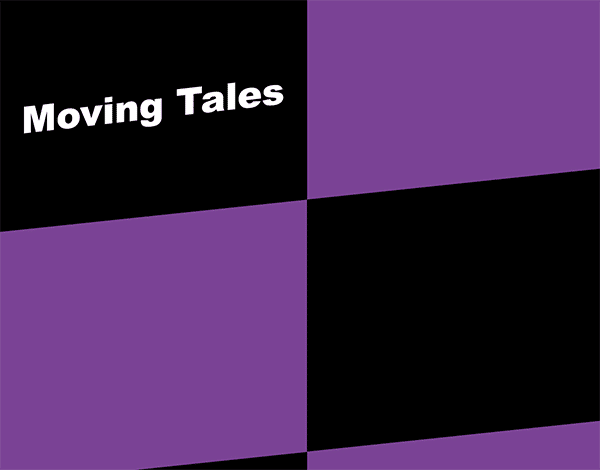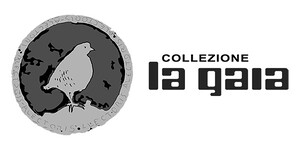June 24–August 28, 2016
Curated by Eva Brioschi
The La Gaia Collection, created in the 1970s through Bruna and Matteo Viglietta’s passion for art, presents the exhibition Moving Tales. Video works from the La Gaia Collection from Friday, June 24 to Sunday, August 28.
The exhibition comprises a selection of artists’ films curated by Eva Brioschi, specially designed for the Complesso Monumentale di San Francesco, in the historic centre of the city of Cuneo.
The group show fills all the space inside the deconsecrated Church of San Francesco and, with works by 30 Italian and international artists from different generations and different parts of the world, it illustrates the many different ways in which video can be used as a narrative image-based tool.
Works by the following artists will be presented: Marina Abramovic, Bas Jan Ader, Victor Alimpiev, Pierre Bismuth, Candice Breitz, Mircea Cantor, Chen Chieh-jen, Rä Di Martino, VALIE EXPORT, Regina José Galindo, Ugo Giletta, Douglas Gordon, Ion Grigorescu, Gary Hill, María Teresa Hincapié, Jonathan Horowitz, Alfredo Jaar, Joan Jonas, William E. Jones, William Kentridge, Anna Maria Maiolino, Ana Mendieta, Marzia Migliora, Adrian Paci, Ene-Liis Semper, Santiago Sierra, Rosemarie Trockel, Bill Viola, Ryszard Wasko and Jordan Wolfson.
The exhibition concept is based on two inspirations that both determined the choice of works and their mode of installation.
“The movie is the novel and art is poetry. Not a lot of people appreciate poetry, and it is the same with art” is a quotation from British video maker and director Steve McQueen, who identifies video art with poetry, as compared to cinema, which he links to novels. Many people like movie narrative, while there are fewer who like art, just as is the case for novels and poetry. This selection of works is meant to catch the eye of those that are more skeptical about videos as a contemporary art form.
“For sale. Baby shoes. Never worn,” is the shortest story in literature. Apparently it is wrongly attributed to Ernest Hemingway, who, according to tradition, had made a bet with some friends of being able to create a narrative with a minimum number of words, telling a dramatic story in extreme summary. In the same way, a video could work as a brief narration through images.
The exhibition design is based on a layout along the large central nave, the two side naves and the seven lateral chapels. In the arrangement, video is dissected as a form of narrative, by means of projections, installations and areas of interaction to allow a spectator experience that is as direct as possible.
Images, movement, time and sound all contribute to a story that can often be condensed into a few frames, but that can also become a never-ending circular narrative by means of loops.
Using this form of artistic narrative, spectators undergo an almost complete sensorial fascination, observing, taking part and often being called upon to complete the work, as external elements capable of providing different points of view, deciphering, accepting or rejecting the artists’ ideas and suggestions.
The exhibition is accompanied by a catalogue with critical texts edited by Eva Brioschi and Lorand Hegyi, and a series of descriptions of the works compiled by the curator with Manuela Galliano.
Contact:
museo [at] comune.cuneo.it / T 0171 634175 / F 0171 66137
Hours: Tuesday–Sunday and holidays 3:30-6:30pm
Booking times for schools and groups: Tuesday–Friday 9am–1pm, 2:30–6:30pm; Saturday 9am–12:30pm, 3:30–6:30pm
Admission free



